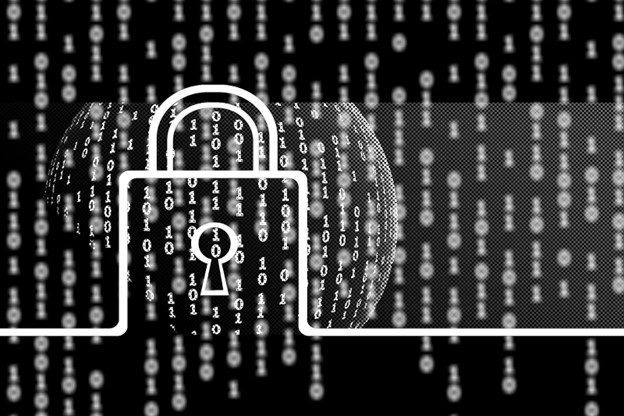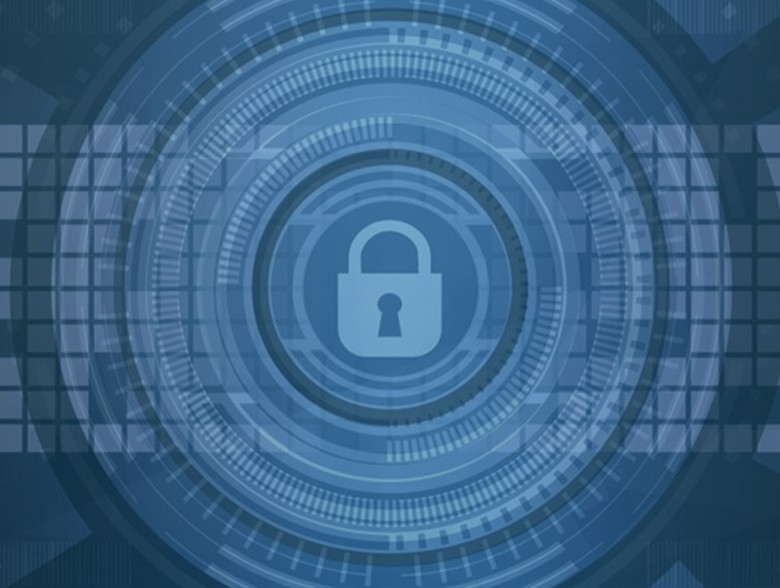By Amar Basic, Co-Founder CyberArrow
Data encryption is essential in today’s technologically advanced world to safeguard sensitive information against hacker assaults and data breaches, as an estimated 30,000 websites are hacked each day globally. The National Institute of Standards and Technology (NIST) has developed a set of recommendations and rules for encryption and cryptography protocols to guarantee high security. These are referred to as NIST Encryption Standards, and they offer businesses a foundation for creating robust security protocols to safeguard their sensitive data.
This article discusses the NIST Encryption Standards and some of the forms of encryption and cryptographic protocols they advise. It also discusses the importance of these standards for preserving the privacy, accuracy, and accessibility of sensitive data in the present digital era.
Importance of NIST Encryption Standards
The US Department of Commerce’s National Institute of Standards and Technology (NIST) is a non-regulatory organization fostering inventiveness and economic competitiveness. One of NIST’s key responsibilities is creating and maintaining standards for the cryptographic protocols and algorithms used in information security. Poor security measures, such as insufficient encryption or weak passwords, might leave data vulnerable to hacker assaults and illegal access.

NIST encryption standards are essential for keeping sensitive data confidential, authentic, and intact. Cryptographic methods and protocols are employed during the encryption process to transform plaintext data into ciphertext to prevent unauthorized access. The standardized foundation provided by NIST standards for encryption provides compatibility between various systems and devices and contributes to the security of the encryption techniques.
NIST Encryption Standards
Cryptographic algorithms are deployed in every piece of equipment and applied to every link in the digitally connected age to secure data during its transfer and retention. NIST has taken a unique and pioneering role in creating critical cryptographic standards to meet the security standards of today’s world. The following are the four most significant NIST encryption standards:
Data Encryption Standard (DES)
The National Bureau of Standards (NBS), which is now known as the National Institute of Standards and Technology (NIST), initiated the Data Encryption Standard (DES), a symmetric-key encryption method, as a standard in 1973. With a 56-bit secret key, the block cipher technique DES encrypts data in 64-bit blocks. The algorithm operates in multiple rounds, each using a different subkey generated from the original secret key.
DES encrypts and decrypts data using a symmetric-key technique. The invention of this ground-breaking encryption standard played an essential role in advancing contemporary cryptography. However, due to its short key length and other flaws, it has been replaced by newer and more secure encryption techniques.
Advanced Encryption Standard (AES)
The National Institute of Standards and Technology (NIST) created the Advanced Encryption Standard (AES) in 1997, a popular encryption algorithm, to replace the outdated Data Encryption Standard (DES). AES employs the same key to encrypt data, making it a symmetric-key encryption technique.
The block cipher algorithm AES supports three key lengths: 128 bits, 192 bits, and 256 bits, and it operates on 128-bit blocks, while the algorithm consists of rounds that perform substitution and permutation operations on the plaintext input. The data is encrypted in each game using a set of round keys created using the secret key.
It offers robust encryption protected from assaults, such as brute-force attacks. The US government has certified AES for use with classified material.
Public-Key Cryptography
Asymmetric cryptography, commonly called public-key cryptography, invented in 1976, encrypts data using two public and private keys. The public key is distributed, but the private key is kept private, and due to their mathematical link, data encryption with one key can only be decoded using the second key.
Public-key cryptography is frequently employed for secure communication, digital signatures, and online authentication. One of its main benefits is public-key cryptography’s ability to offer safe communication without requiring a shared secret key. Instead, every participant has a unique set of keys that they can use to encrypt and decrypt data.
Post-Quantum Cryptography (PQC)
Post-Quantum Cryptography (PQC) is made to withstand assaults from quantum computers, while quantum bits, also known as qubits, are used in quantum computers. They may execute some calculations far more quickly than conventional computers, which could leave many encryption techniques open to intrusion.
PQC is still an emerging field, but growing in significance as quantum computing technology develops. Even if the attacker has access to many qubits, PQC algorithms are made to be impervious to attacks from quantum computers.
Conclusion
NIST Encryption Standards are essential for assuring the safety of sensitive data in various applications. They offer a collection of recommendations and standards for encryption and cryptographic methods that assist enterprises in safeguarding their data against unwanted access and possible cyberattacks.
Following the standards and recommendations set forth by NIST is crucial to maintain robust security measures, given the constantly shifting nature of cybersecurity threats. Organizations may significantly lower the risk of data breaches and ensure their sensitive data’s security, integrity, and availability by adhering to these guidelines.
FAQs
- What is NIST Special Publication (SP) 800-131A Revision 2?
Special Publication (SP) 800-131A of the NIST Version 2 is a set of recommendations for using cryptography in applications that must adhere to FIPS 140-2 of the Federal Information Processing Standards. The document lists accepted cryptographic algorithms and protocols appropriate for usage in governmental organizations and other businesses that must adhere to FIPS 140-2.
- Why are there so many different types of encryption?
There are numerous encryption standards since there is no one-size-fits-all encryption solution because various applications and systems have varied security needs. However, as technology develops, new dangers and weaknesses are found, necessitating the development of new encryption standards to solve these problems.
- Which is the most widely used encryption standard?
The Advanced Encryption Standard (AES) is the most popular and widely used encryption standard. It is a type of symmetric key encryption that encrypts and decrypts data using the block cipher algorithm.
About the Author
 Amar Basic is a dynamic and accomplished cyber security entrepreneur. He has been selected to represent the UAE in ISO SC 27 working group which is responsible for drafting and publishing many information security standards such as ISO 27001. As co-founder of CyberArrow, Amar has been instrumental in helping global organizations automate compliance and cybersecurity awareness.
Amar Basic is a dynamic and accomplished cyber security entrepreneur. He has been selected to represent the UAE in ISO SC 27 working group which is responsible for drafting and publishing many information security standards such as ISO 27001. As co-founder of CyberArrow, Amar has been instrumental in helping global organizations automate compliance and cybersecurity awareness.
Amar’s in-depth understanding of cyber security risks and mitigation techniques has earned him a reputation as a sought-after speaker and thought leader in the cyber security community.
In addition to his entrepreneurial pursuits, Amar is a strong advocate for cyber security awareness and education. He believes that building a safer digital world begins with educating people about cyber threats and best practices for protecting sensitive data.
Amar Basic can be reached online at LinkedIn https://www.linkedin.com/in/cyberamar/ , and at CyberArrow’s website = https://www.cyberarrow.io/


